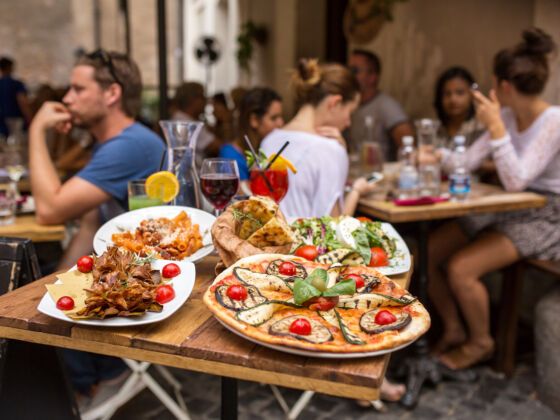Halfway from Florence to Arezzo, the train came to an unexpected halt. It was late August and steamy outside, and the train wasn’t air-conditioned. We sat there for at least half an hour, but no one uttered a word of complaint.
Instead, folks took the opportunity to eat lunch. Passengers chatted, mostly about the food. The unexpected setback turned into a pleasant afternoon reprieve. Here was Italy in a nutshell: enjoying the moment and not worrying about the destination. And of course, always, Mangia!
The best way to get the real deal Italy is to do it up slow and local. By planting yourself in a location for at least one week (instead of trying to “do” Italy in 10 days), you’ll experience more culture and joie de vivre than by running from one monument (or city) to the next.
Follow these 5 tips on traveling and eating slow all over Italy and you’ll do it up Italian style: nice and easy, piano, piano, slowly:
